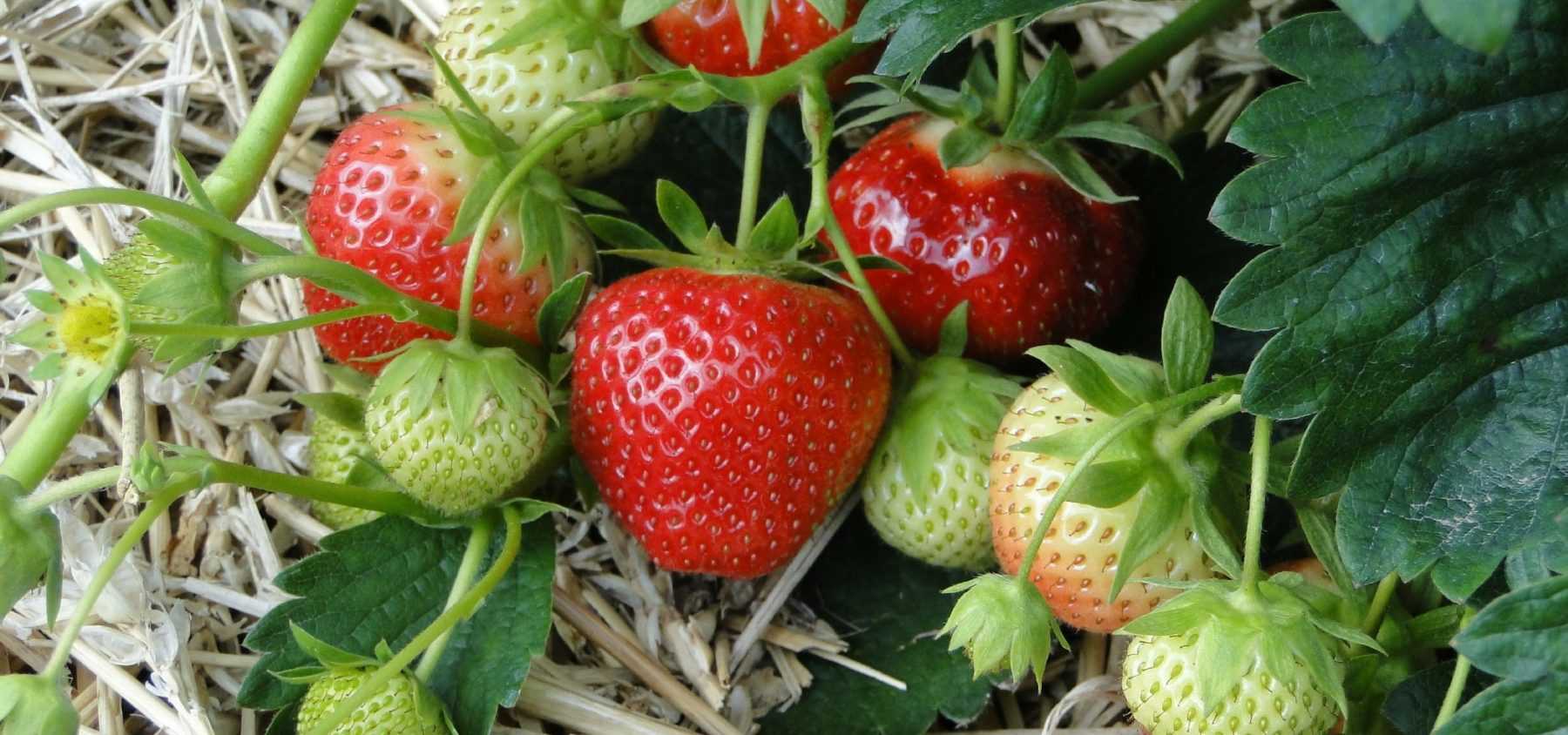
Growing Strawberries
All our tips for abundant strawberry harvests
Contents
Strawberry plants are among the most beloved small fruit plants in the garden. As perennials, the plants remain in place for several years. They are easy to grow, and the strawberries offer an incomparable flavour! Discover how to choose your varieties, plant them, and care for them properly.
Strawberries: Which Variety to Choose?
There are many varieties of strawberry plants, grouped into different categories: everbearing strawberries, perpetual strawberries and summer-bearing strawberries…
To make the right choice, you should know that:
- Wild or alpine strawberries produce fruit from June to October. These small, intensely fragrant berries are perfect for eating straight after picking!
- Summer-bearing large-fruited varieties flower just once a year in spring. They produce very large fruits around June: this concentrated harvest is ideal for making coulis, sorbets or jams
- Perpetual large-fruited varieties flower twice a year or continuously. They produce large fruits from June until October: this allows you to pick strawberries in smaller quantities but regularly over several months
Additionally, varieties differ in terms of earliness, fruit flavour, yield and size… The ideal is to combine different varieties for an abundant and delicious harvest over several months!
Location and ideal companion plants for strawberry plants
To plant your strawberries, choose:
- a sunny spot for large-fruited varieties,
- a semi-shaded area for wild strawberries.
Strawberry plants are perennial and remain in place for 3 to 4 years. They can be grown both in open ground and in pots, to be placed on a terrace or balcony.
In the vegetable garden, strawberry plants are good companions for garlic, beans, lettuce, onions, leeks, thyme and spinach. However, they do not appreciate the company of cabbages and other brassicas.
Discover other Strawberry plants
View all →Available in 2 sizes
Available in 1 sizes
Available in 2 sizes
Available in 2 sizes
Available in 2 sizes
Available in 1 sizes
Available in 1 sizes
Available in 1 sizes
Available in 1 sizes
Available in 1 sizes
Planting: When and How to Proceed?
Planting strawberry plants with large fruits, whether everbearing or not, is preferably done in autumn. Conversely, alpine strawberries are best planted in spring.
Strawberries thrive in rich, deep, well-drained, slightly acidic soils.
A few months before planting, loosen the soil and add a generous amount of well-rotted compost.
If your soil is alkaline, incorporate peat and later apply an acidic mulch (such as pine needles or bark).
To plant:
- Remove weeds and stones from the soil. When planting, pay close attention to the position of the crown: it should sit level with the soil surface—neither too high nor too low—to ensure successful establishment.
- In open ground, space plants 35 cm apart in all directions.
- If your soil is damp, plant on mounds 10 to 20 cm high.
- For container planting, place a layer of gravel or clay pebbles at the bottom to improve drainage.
Caring for and maintaining strawberry plants
To maintain and care for your strawberry plants:
- Hoe regularly.
- Mulch around the base in summer to keep the soil cool.
- Install a protective net before the fruits turn red to avoid sharing your harvest with birds… You can also place ash or coffee grounds near young plants to deter slugs and snails.
- Water regularly, especially during hot spells.
- In summer, regularly remove runners which tend to exhaust the mother plant.
- In autumn, remove dry leaves.
- Apply compost to the surface in spring.
- In cooler regions, install a tunnel in spring to protect plants from spring frosts during flowering.
Discover other Strawberry plants
View all →Available in 2 sizes
Available in 1 sizes
Available in 2 sizes
Available in 2 sizes
Available in 2 sizes
Available in 1 sizes
Available in 1 sizes
Available in 1 sizes
Available in 1 sizes
Available in 1 sizes
Propagating strawberry plants
Plants should be renewed every 3 or 4 years when they become less productive.
Large-fruited strawberry plants multiply via runners, small creeping stems that naturally root in the soil, forming new plants. To avoid exhausting the mother plant, cut the runners and replant them where you wish to establish new strawberry beds.
Wild strawberry varieties do not produce runners. They can be propagated by dividing clumps.
In terms of crop rotation, wait 4 years before planting strawberries in the same location again.
- Subscribe!
- Contents



































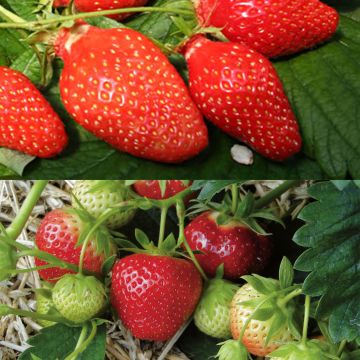
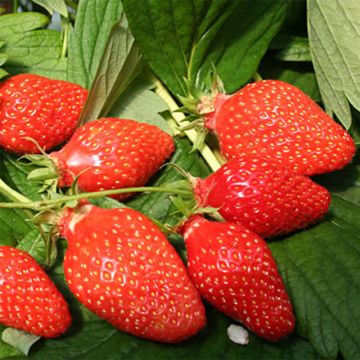
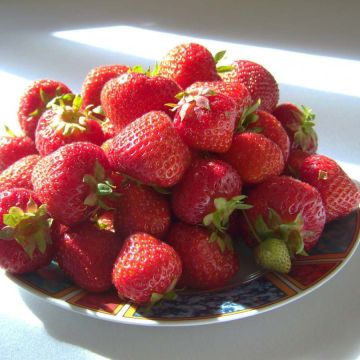

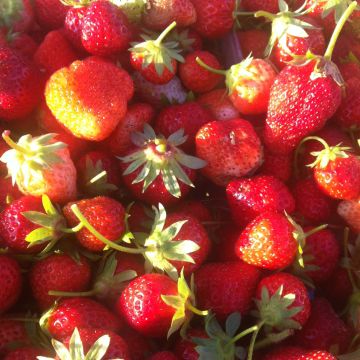
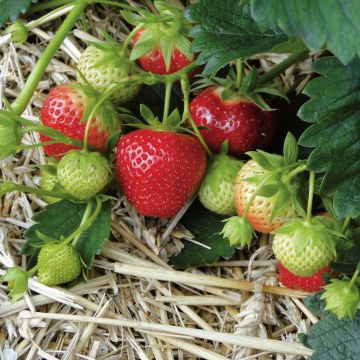
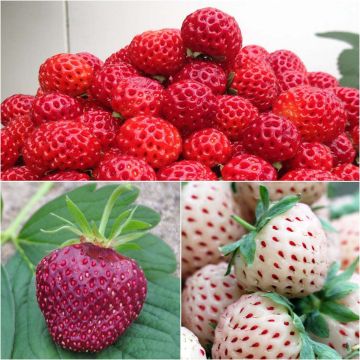
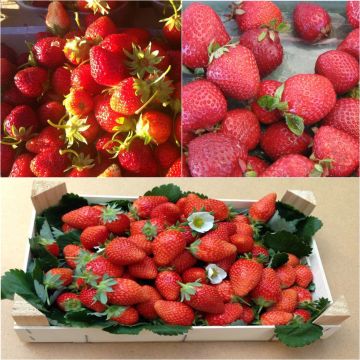
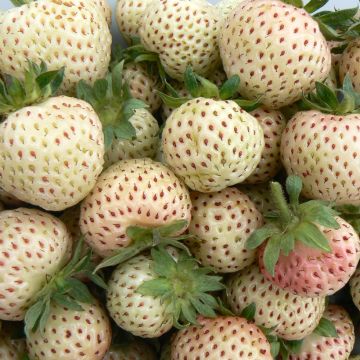
Comments